We may earn money or products from the companies mentioned in this post. This means if you click on the link and purchase the item, I will receive a small commission at no extra cost to you ... you're just helping re-supply our family's travel fund.

Hotel rooms once followed a familiar script: heavy desk, cable TV, landline phone, minibar, and a folder of printed rules. Now new tech, climate policies, and changing travel habits are quietly rewriting that layout. By 2030, many of the most recognizable fixtures may either shrink in importance or disappear altogether. Watching what is being phased out says a lot about how travelers actually live, work, and rest when they are away from home, and what hotels think comfort should look like next.
Printed Room Directories And Paper Menus

Those thick room directories with plastic sleeves and smudged pages already feel like artifacts from another era. Many hotels now rely on a single card or small plaque with a QR code that pulls up room service menus, spa hours, local tips, and emergency information in multiple languages. Staff can update details instantly without reprinting anything. By 2030, that desk binder will likely linger only in a few retro or very small properties that trade on nostalgia.
Tiny Plastic Toiletry Bottles

The row of miniature shampoo, conditioner, and lotion bottles once signaled hotel indulgence, and many travelers quietly slipped them into bags. Now they mostly signal waste and rising costs. Refillable wall dispensers, larger shared bottles, and more thoughtful packaging are taking over as brands respond to environmental rules and guest pressure. By 2030, those tiny plastic soldiers will probably show up only in select suites or special gift sets, not lined up along every bathroom counter.
Plastic Key Cards At Every Check In
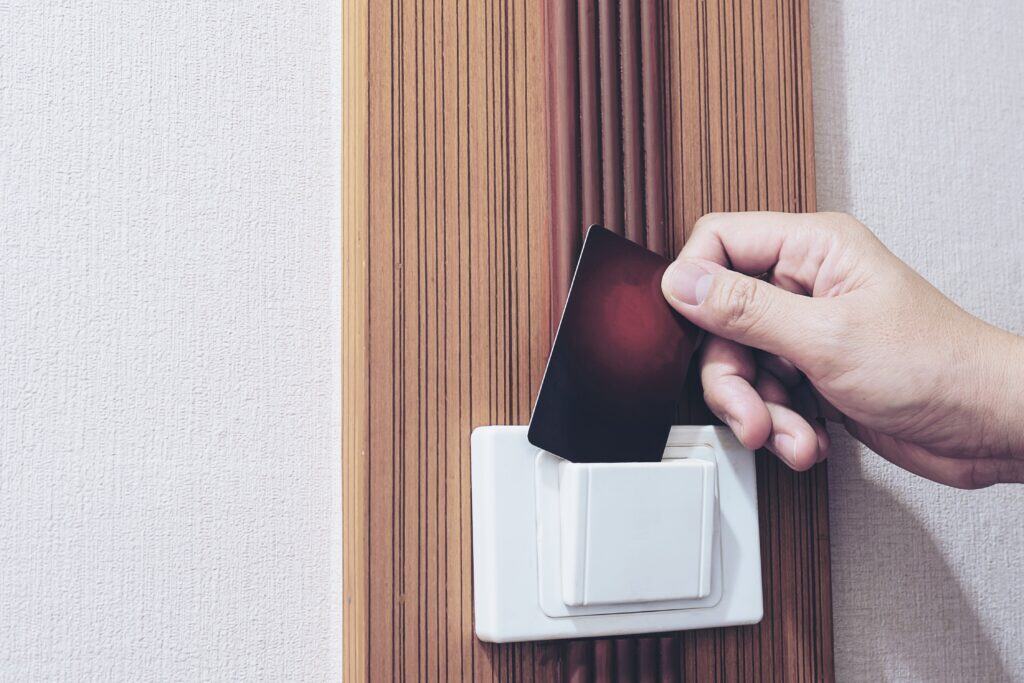
For years, the small moment of getting a key card at the front desk marked the real start of a stay. The card was easy to lose, easy to demagnetize, and easy to forget in a pocket on the way out. As mobile keys tied to loyalty apps spread, plastic cards are becoming a backup rather than the main option. By 2030, many urban hotels will likely lean on digital access first, with physical keys reserved for guests who request them or for rare system glitches.
Bulky Bedside Landline Phones

The large bedside phone used to be the control center of the room, handling wake up calls, room service, and late night questions. Now guests usually reach for their own phones and use apps, chat, or quick messages instead. Hotels still need a clear emergency line, but that does not require a giant corded device taking up space on the nightstand. By 2030, many rooms may rely on smaller, simpler emergency handsets or integrated panels, while the old multi button landline quietly disappears.
Old School Cable TV And Pay Per View
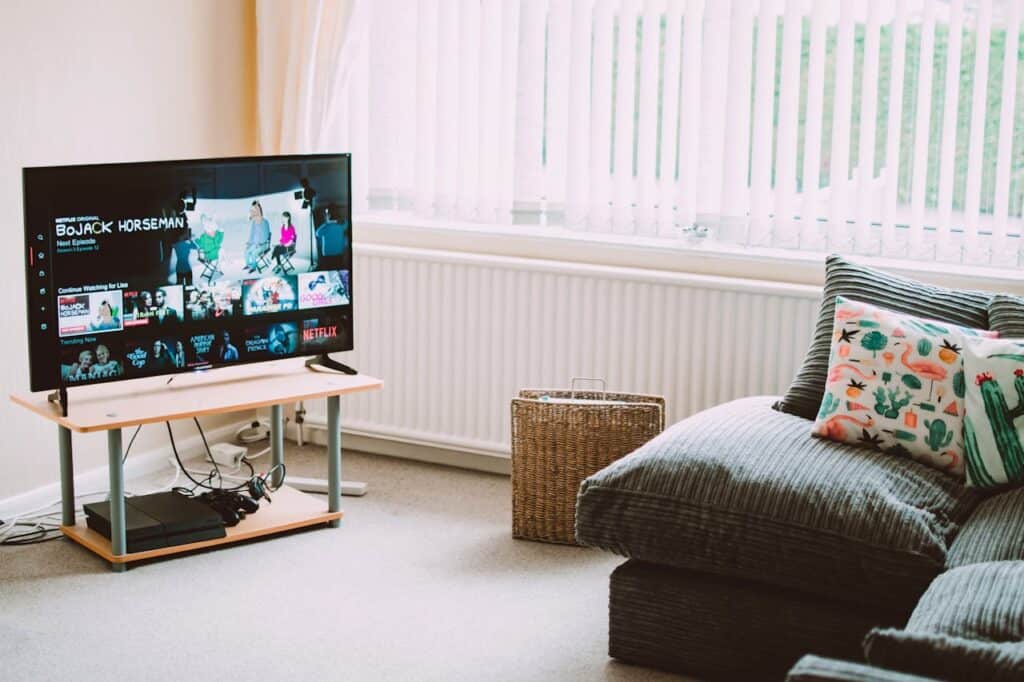
Hotel entertainment once meant flicking through dozens of channels and maybe renting an overpriced movie. Streaming has changed those expectations completely. Smart TVs that allow casting from personal devices, built in apps, and on demand hotel content are steadily replacing cable packages and clunky pay per view systems. By 2030, many rooms may only keep a minimal channel lineup for news and live events, pushing most guests toward their own subscriptions or curated digital hubs instead.
Oversized Traditional Desks
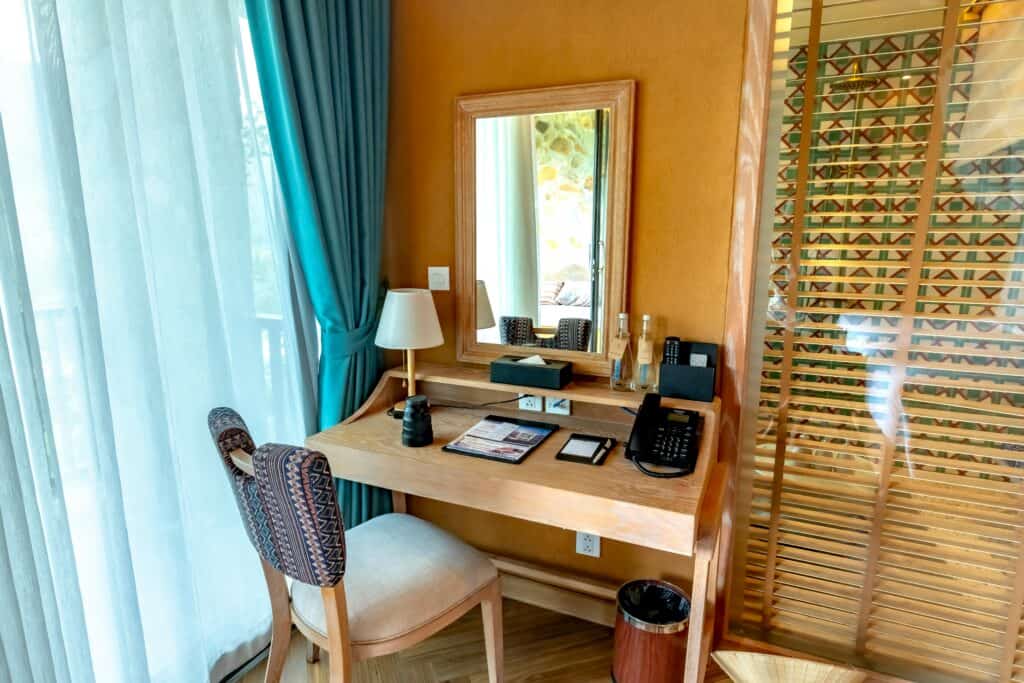
The classic long desk with a fixed chair and not much else was built for a world of paper files, single laptops, and rigid business travel. Now many travelers blend leisure, remote work, and short tasks they can handle from a bed or lounge chair. Hotels are already experimenting with smaller movable tables, multipurpose surfaces, and shared coworking spaces in lobbies. By 2030, that big wall to wall desk will likely be rare outside of dedicated business suites or extended stay rooms.
Manual Thermostats And Separate Remotes
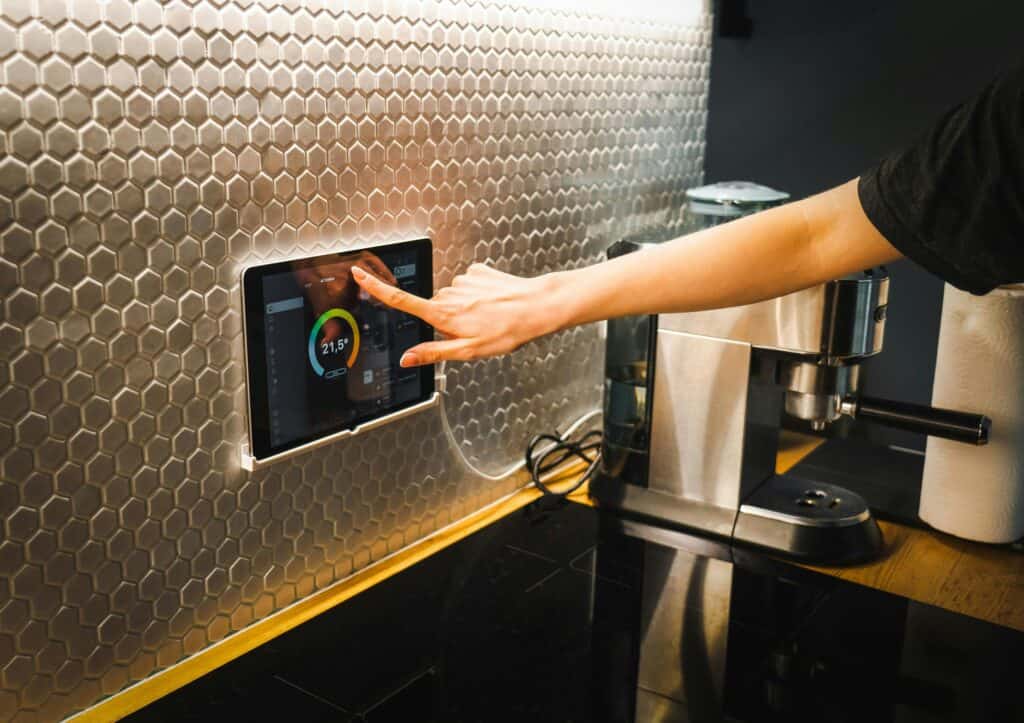
Arriving late at night and trying to guess which switch handles lights, which remote handles the TV, and which dial controls the air is a small but familiar frustration. Smart control panels and simple room apps are starting to unify those tasks into one place. Motion sensors, preset eco modes, and clearer interfaces can also help properties meet energy targets without constant guest effort. By 2030, many hotels will probably retire confusing thermostats and extra remotes in favor of cleaner, software based control.
Fully Stocked Traditional Minibars
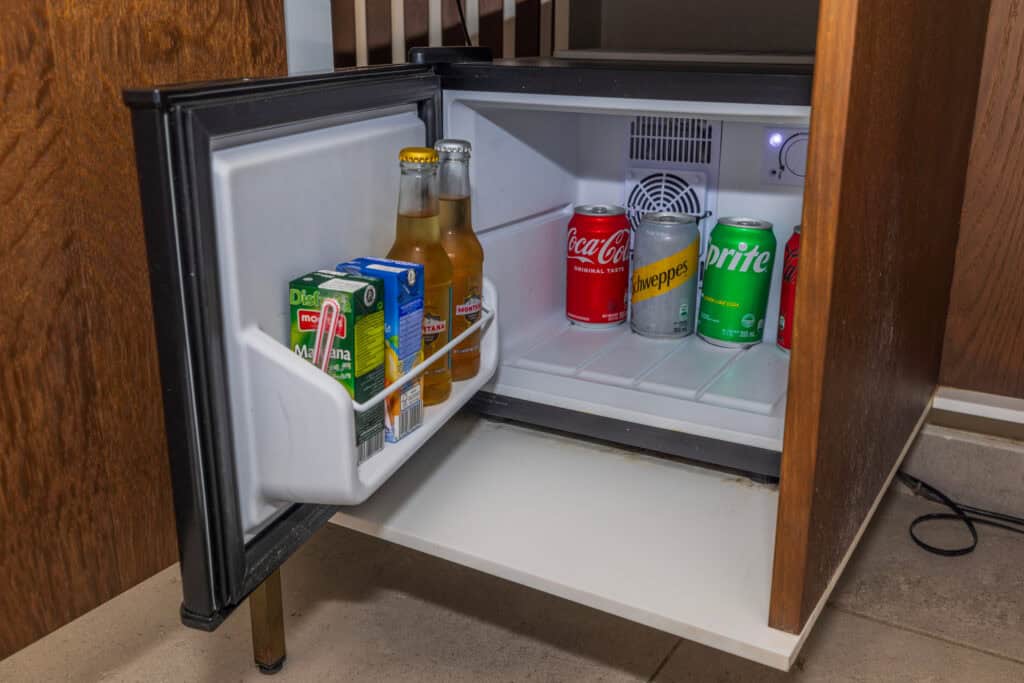
The classic minibar stuffed with warm chocolate bars, tiny liquor bottles, and overpriced soda has been losing ground for years. Inventory checks are slow, billing mistakes are common, and many travelers bypass it in favor of lobby markets or delivery apps. Some hotels now install empty fridges and invite guests to fill them as they like. By 2030, the old honor bar model may linger mainly in luxury or resort settings, with most standard rooms keeping only a simple cooler or nothing at all.